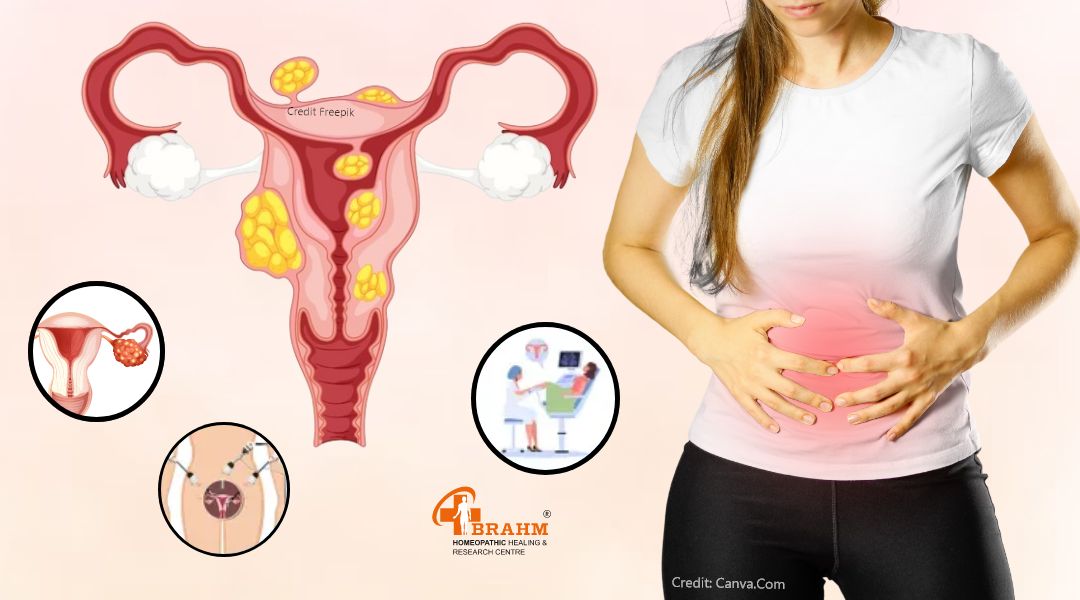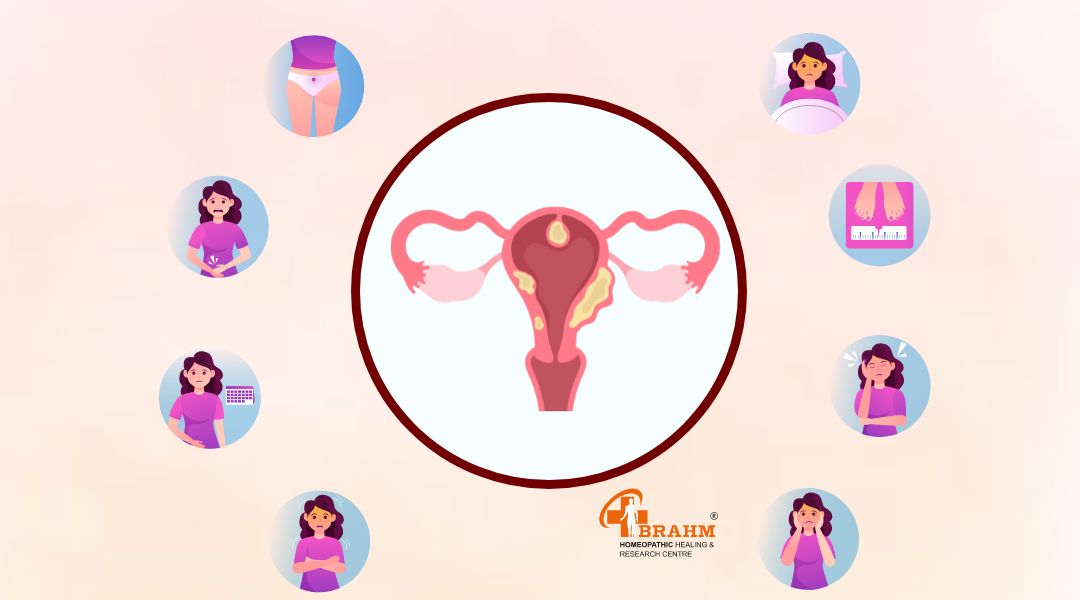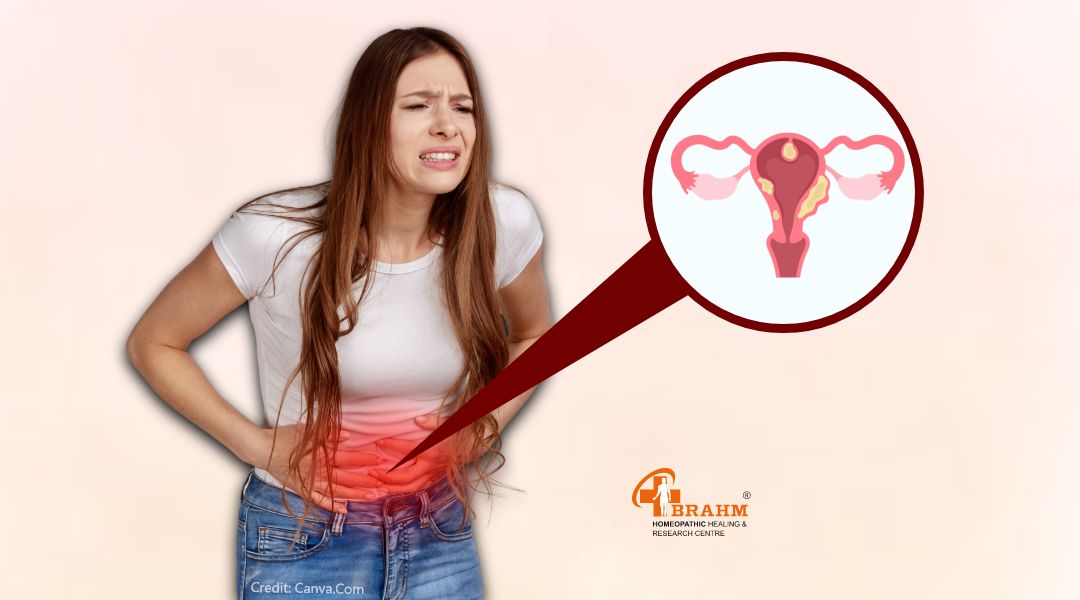
what is uterine fibroids symptoms and treatment and diet plan full articles
What is Uterine Fibroids?
Uterine fibroids, also known as leiomyomas or myomas, are noncancerous growths in the uterus' muscular wall, ranging from small nodules to large masses. They are common benign tumors affecting women of reproductive age and can cause symptoms and complications. The exact cause is not fully understood, but factors like hormonal imbalances, genetic predisposition, and estrogen and progesterone levels may contribute. Risk factors include age, family history of fibroids, African-American ethnicity, obesity, and hormonal fluctuations. Common symptoms include menstrual irregularities, pelvic pain, pelvic mass or enlargement, urinary frequency, constipation, and pregnancy complications.
Causes of Uterine Fibroids?

Causes of uterine fibroids?
Hormonal Factors:
• Estrogen and progesterone, hormones regulating menstruation and pregnancy, contribute to the growth of uterine fibroids.
• Hormonal fluctuations during reproductive years, such as puberty, pregnancy, and perimenopause, may contribute to the development of fibroids.
Genetic Predisposition:
• Uterine fibroids are often inherited, with women with a family history of fibroids at higher risk.
• Specific genetic mutations or alterations may increase susceptibility to fibroid development.
Race and Ethnicity:
• Uterine fibroids are more common in certain racial and ethnic groups, particularly African-American women.
• Disparities may involve genetic, hormonal, environmental, and socioeconomic factors.
Reproductive Hormone Levels:
• Changes in reproductive hormone levels, such as hormonal contraceptives, pregnancy, or hormone replacement therapy, may influence the growth of uterine fibroids.
Other Factors:
• Obesity, diet, alcohol consumption, and certain environmental exposures are other potential risk factors.
• Understanding these factors is crucial for developing targeted prevention and treatment strategies.
Features of Uterine Fibroids?

Uterine Fibroids: A Comprehensive Overview
• Uterine fibroids, also known as leiomyomas or myomas, are noncancerous growths in the uterus' muscular wall.
• They can cause menstrual irregularities, pelvic pain, pressure, and discomfort, especially if they grow large or press on surrounding pelvic organs.
• Large fibroids can cause the uterus to become enlarged, leading to abdominal bloating, protruding abdomen, or difficulty fitting into clothing.
• Fibroids near the bladder may cause urinary symptoms like frequent urination, urgency, difficulty emptying the bladder, or urinary incontinence.
• Fibroids pressing on the rectum or bowel may cause constipation, difficulty with bowel movements, bloating, or a sensation of rectal pressure.
• Fibroids may interfere with fertility by affecting the uterine cavity, blocking fallopian tubes, or altering the uterine environment.
• Large fibroids or fibroids in certain positions within the uterus may cause lower back pain or discomfort.
• Other symptoms may include pelvic heaviness, leg pain or swelling, or pain during bowel movements.
• Early diagnosis and management can alleviate symptoms, preserve fertility, and improve quality of life for women affected by uterine fibroids.
Diagnosis of Uterine Fibroids?
Uterine Fibroid Diagnosis Process
• Medical History: Involves detailed information about symptoms, menstrual cycle, reproductive history, and previous gynecological conditions.
• Physical Examination: Assesses the size, shape, and consistency of the uterus and detects any abnormal masses or growths.
• Imaging Studies: Uses ultrasound, MRI, CT scans, and hysteroscope to visualize the uterus and confirm the presence of uterine fibroids.
• Hysterosalpingography (HSG): Involves injecting a contrast dye into the uterus and fallopian tubes to visualize their structures on X-ray images.
• Hysteroscopy: Direct visualization of the inside of the uterus and detection of abnormalities like submucosal fibroids or polyps.
• Treatment Options: Healthcare providers discuss treatment options and develop an individualized management plan based on the results of diagnostic tests.
Treatment for Uterine Fibroid:
Medicine for Uterine Fibroid:
Homeopathy and Disease Cure

irregular-menses-treatment-in-homeopathy
• Homeopathy is curable, regardless of the duration of illness.
• Early treatment is faster for chronic conditions and later stages.
• Intelligent individuals start treatment as soon as they observe any symptoms.
Brahm Homeopathic Healing & Research Centre Treatment Plan
• Brahm's research-based, scientific treatment module is effective in curing diseases.
• A team of qualified doctors systematically observes and analyzes cases.
• They record signs, symptoms, disease progression, prognosis, and complications.
• They provide detailed disease information, diet charts, exercise plans, and lifestyle plans.
• They guide individuals on improving general health conditions through systematic management of homeopathic medicines.
Types of Uterine Fibroid?

Uterine Fibroids Classification
• Subserosal Fibroids: Develop on the outer surface of the uterus, causing pressure on surrounding organs.
• Intramural Fibroids: Located within the muscular wall of the uterus, causing symptoms like pelvic pain, heavy menstrual bleeding, and pressure on nearby organs.
• Submucosal Fibroids: Develop beneath the inner lining of the uterus, causing heavy or prolonged menstrual bleeding, pelvic pain, and other menstrual irregularities.
• Pedunculated Fibroids: Attached to the uterus by a stalk or "peduncle," may appear like a fibroid "tumor" hanging from the uterine wall and can twist on their stalk, causing pain or other complications.
• Symptoms and severity of fibroids can vary based on size, location, hormonal influences, and individual pain perception and tolerance.
Adverse effects of Uterine Fibroid?
Uterine Fibroids: Adverse Effects and Complications
• Heavy Menstrual Bleeding: Fibroids within the uterine cavity can cause heavy or prolonged menstrual bleeding, leading to anemia and symptoms like fatigue, weakness, and shortness of breath.
• Pelvic Pain and Pressure: Large fibroids can cause pelvic pain, discomfort, or pressure, especially if they press on adjacent structures.
• Urinary Symptoms: Large fibroids that compress the bladder can cause increased urinary frequency, urgency, or difficulty emptying the bladder.
• Constipation and Bowel Symptoms: Fibroids near the bowel or rectum may cause constipation, difficulty with bowel movements, or a sensation of incomplete emptying.
• Infertility and Pregnancy Complications: Submucosal fibroids or those that distort the uterine cavity can interfere with implantation and contribute to infertility or recurrent miscarriages.
• Pelvic Mass or Enlargement: Large or multiple fibroids can cause the uterus to become enlarged, leading to a palpable pelvic mass or visible abdominal distension.
• Painful Intercourse (Dyspareunia): Fibroids that press on the pelvic nerves or alter the shape of the uterus may cause pain during sexual intercourse.
• Psychological Impact: Physical symptoms and impact on fertility can have psychological effects such as stress, anxiety, depression, or negative body image.
• Early diagnosis and management can help alleviate symptoms, prevent complications, and improve quality of life.
Diet in Uterine Fibroid?

Dietary Recommendations for Uterine Fibrios
• Eat a Balanced Diet: Consume fruits, vegetables, whole grains, lean proteins, and healthy fats. Include nutrient-dense foods for adequate vitamins, minerals, and antioxidants.
• Increase Fiber Intake: Include fiber-rich foods like fruits, vegetables, legumes, whole grains, nuts, and seeds to promote regular bowel movements and alleviate constipation.
• Choose Anti-inflammatory Foods: Incorporate anti-inflammatory foods like fatty fish, nuts, seeds, olive oil, berries, leafy greens, and turmeric into your diet.
• Limit Processed Foods and Added Sugars: Avoid highly processed foods and sugary snacks, desserts, and sweetened beverages. Opt for whole, unprocessed foods.
• Reduce Red Meat and High-Fat Dairy: Reduce consumption of red meat and high-fat dairy products to reduce risk of fibroids.
• Maintain a Healthy Weight: Maintain a balanced diet and regular physical activity to achieve and maintain a healthy weight.
• Stay Hydrated: Drink plenty of water throughout the day to support overall health.
• Consider Supplements: Consult with a healthcare provider before starting any new supplements.
• Limit Alcohol and Caffeine: Avoid excessive alcohol and caffeine intake and opt for non-alcoholic and caffeine-free beverages.
• Manage Stress: Practice stress-reducing techniques like mindfulness, meditation, deep breathing exercises, yoga, or other relaxation techniques.
Convectional Treatment & Treatment guide of Uterine Fibroid:
Uterine Fibroid Treatment Options and Guidelines

• "Watchful Waiting": A method where fibroids are small, asymptomatic, and not causing significant issues. It involves regular check-ups and imaging studies.
• Hormonal Therapy: Medications like birth control pills, hormonal IUDs, or GnRH agonists to regulate menstrual bleeding and reduce symptoms.
• Tranexamic Acid: A medication that reduces heavy menstrual bleeding by promoting blood clotting.
• Minimally Invasive Procedures: Uterine Artery Embolization (UAE) to block the blood supply to the fibroids.
• The choice of treatment depends on individual factors, patient's age, reproductive goals, and overall health.


















